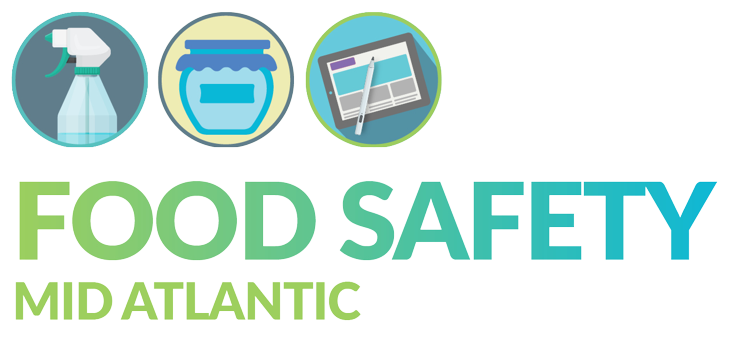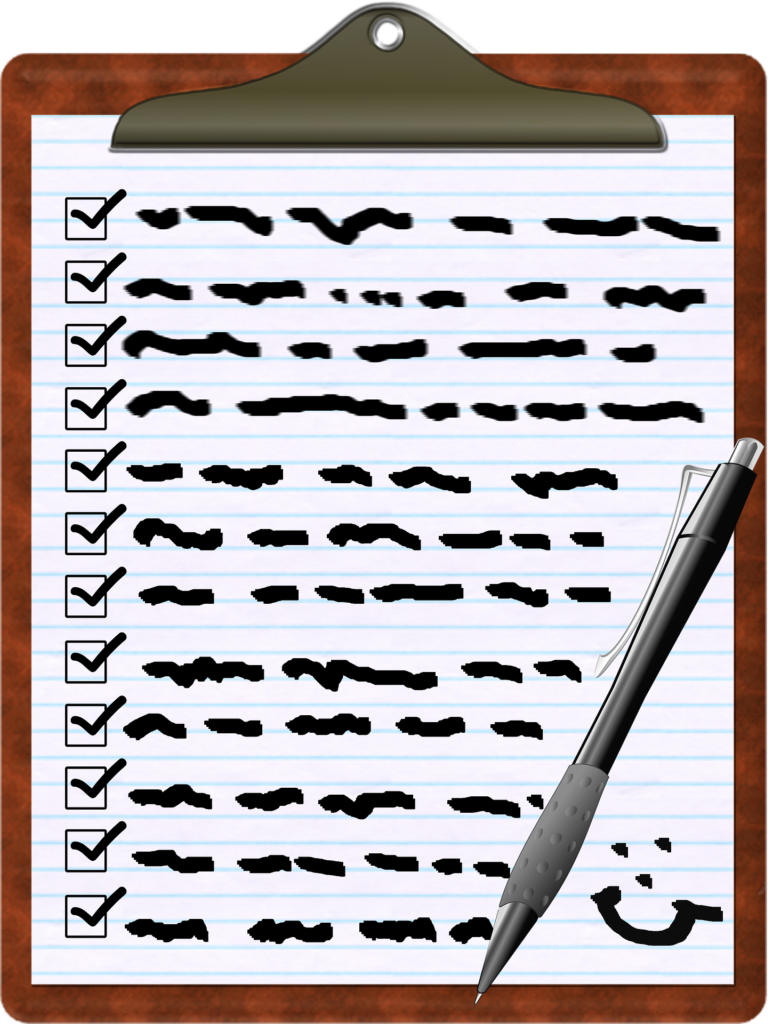The one question I am always asking myself when I am writing food safety plans for my clients “What If?”:
- What if the temperature isn’t exactly at 165 F when cooking chicken?
- What if the sanitizer concentration is slightly less than the manufacturer recommends?
- What if the food safety plan is only followed for every other batch?
- What if colleagues turn up to work unwell?
And I worry. I worry about two things mostly:
- My client’s customers and consumers
- My client.
Customers and Consumers
Imagine: a child or an older adult having Salmonella from undercooked chicken

I am a food consumer and I am assuming you are one too! We all eat and, unless we are completely living off the grid, we buy food and food ingredients. We assume that food is safe for us to eat. Thus, selling food comes with a huge responsibility, whether you are selling directly to consumers, through Amazon or Facebook marketplaces; or through a distributor or supermarket. Small and large food producers, cooks, and manufacturers have a responsibility to create and sell food that is the highest quality possible which includes safety.
When I think about consumers, my “What If” pictures someone, possibly a child or an older adult having Salmonella from undercooked chicken, suffering anaphylaxis from eating misbranded food because the label wasn’t checked for allergens, or breaking a tooth on a piece of metal because the blades of the blender went unchecked. There are lots of stories of people who have suffered from foodborne illness in the US as they affect one in six Americans annually.
As a food manufacturer or producer, how can we make sure that your product is safe and not about to become part of a foodborne illness story?
Food Producers and Manufacturers
Recalls are a bad way to manage food safety.
I have this image in my mind of my clients undergoing a recall because they didn’t follow their food safety plan and their Good Manufacturing Practices. This happens to all food producers – I just read about Nestle recalling 381 tons of hot pockets because they contain foreign material such as glass and hard plastic. I am certain that Nestle has a very robust food safety program. Unfortunately, one consumer, that we know of, suffered minor oral injury. So what might have gone wrong? Did the X-ray machine fail? I am sure Nestle’s QA and Food Safety team are looking for the cause..
Recalls are a bad way to manage food safety. Not only are food recalls risky for the consumer, they are also costly. A typical food recall has been calculated to cost businesses $10 million in direct costs alone. That excludes costs from the loss of sales, loss of brand integrity and trust, liabilities fees, and increased insurance costs.
Not to mention the cost to the people who made ill by eating contaminated food.
One of the challenges with “What If” is that we don’t have enough data. We don’t know for certain what would happen if the sanitizer concentration is slightly less than it should be one day. We don’t know if we will cause a foodborne outbreak if we only check the temperature of every other batch. Should we take the risk of a recall if our X-ray machine or metal detector stops working?
Due to my What Ifs, I tell my clients that they MUST NOT cut corners with food safety; to me it is just too risky. The recommendations in a food safety program are there for a reason.
Which of your What Ifs are you uncertain about? Where are the potential risks in your food production processes? Book a call today so we can start working on your food safety program and making high quality, safe food for your consumers.

